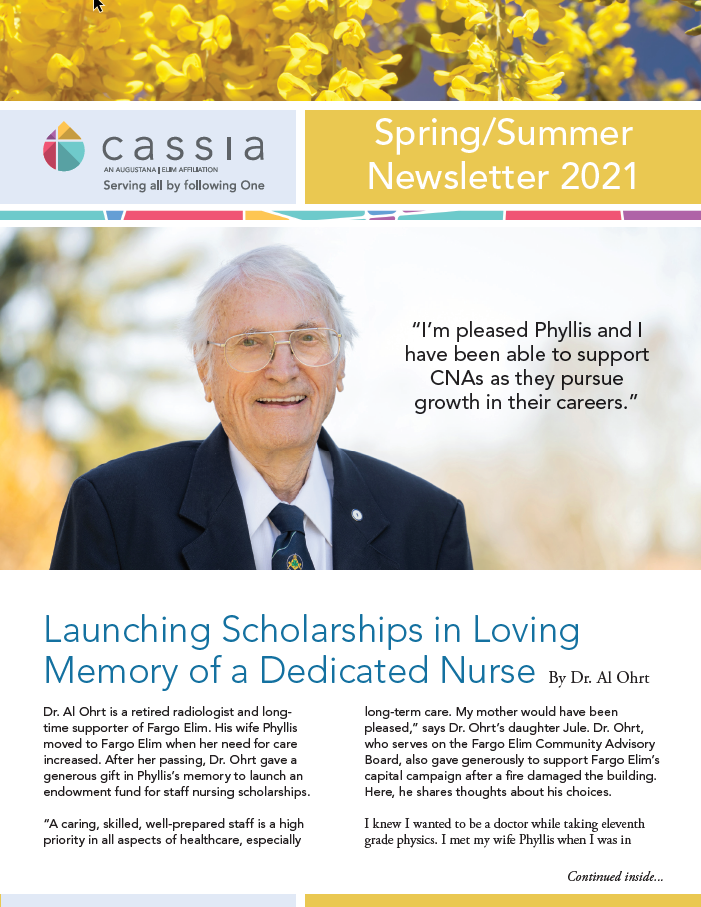Happy May! Earlier this month we briefly explained some of the differences between Independent Living and Assisted Living. This time let’s focus on higher levels of living. Here are some options for when your loved one may need more continuous supervision to remain independent, whether that’s on a short term or long care basis.
Skilled Care or Short Term Rehabilitation: Skilled care is often utilized after a major health event or surgery, such as a stroke or knee replacement. This is a short term option, often times no longer than a 14-day stay. During this time, nursing care and in-house therapy is provided to promote healing and improve strength to assist the patient to be more successful at home.
Long-term Care: Long-term care (formerly known as nursing home care) is an option for those who have serious health concerns, personal needs, or disabilities that require them to have assistance with many or all activities of daily living (ADL’s). ADL’s are tasks such as going to the restroom, walking, personal grooming, dressing, and more. Although services can still be scheduled, long-term care offers more “services on demand” instead of part-time/intermittent scheduled care, like an assisted living environment. The goal of long-term care is to help maintain normal everyday life with additional assistance. Long-term care helps provide emotional, physical, and spiritual care for the remainder of your life.
Hospice: Hospice care helps improve the quality of life of those with a terminal illness. Hospice has an interdisciplinary team including, Chaplains, music therapists, nurses, and more. Taking advantage of hospice benefits does not mean that the patient will pass away tomorrow. This service supports and promotes quality of life, for not only the client, but their family. “Graduating” from hospice is possible, meaning a patient could improve to the point that they are no longer imminently terminal.
Respite Care: Some people are able to provide a higher level of care for their loved one in the home. However, caregiver burn out is very real. Respite care is short term relief for the primary caregiver and short term care for our loved ones. This can mean a stay in a nursing home for several days or weeks. There are also adult day programs that offer weekly or daily activities, which is a great option for short term relief.
Last, but definitely not least, there are some wonderful non-medical home health options available as well. These would allow your loved ones to stay in their home longer, while still offering supportive services. Not only can this benefit your loved one, but it also means a much needed and deserved break for you!
Stephanie Proper is the Administrator at Valley View Village.







